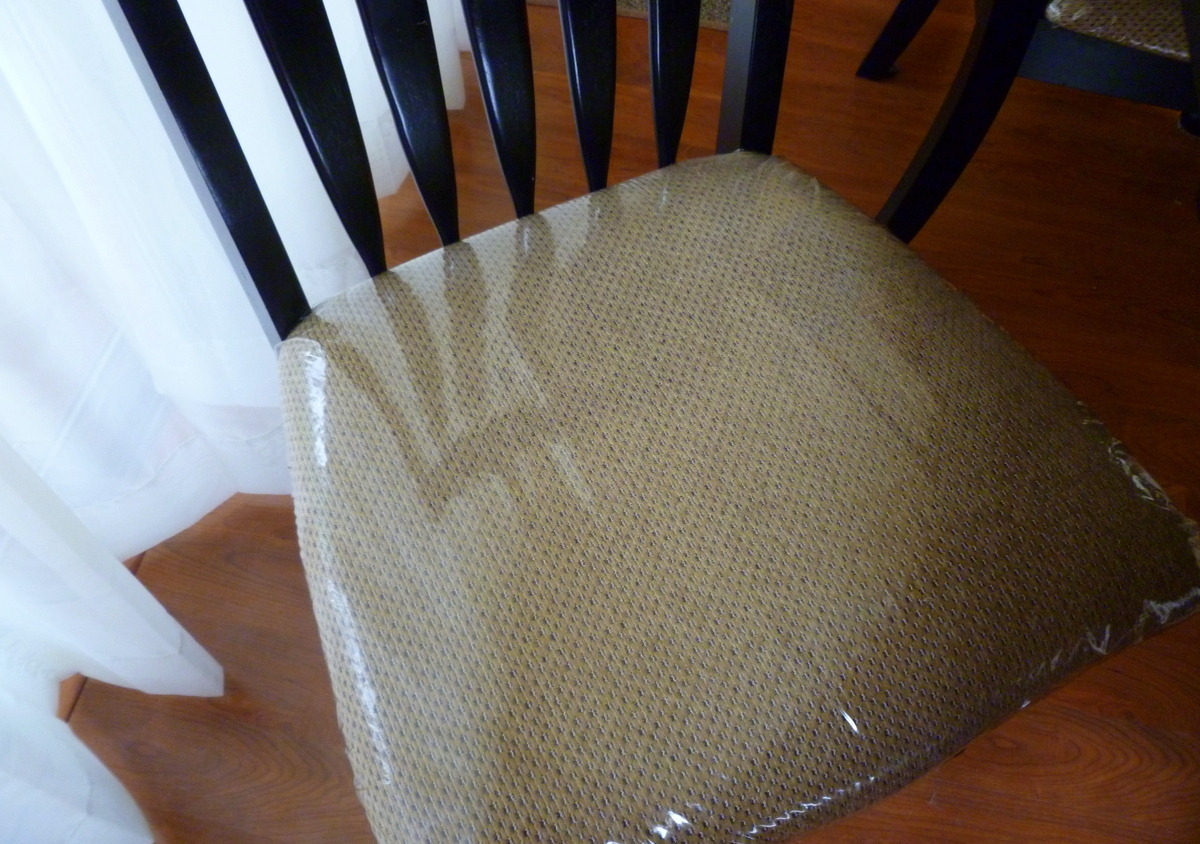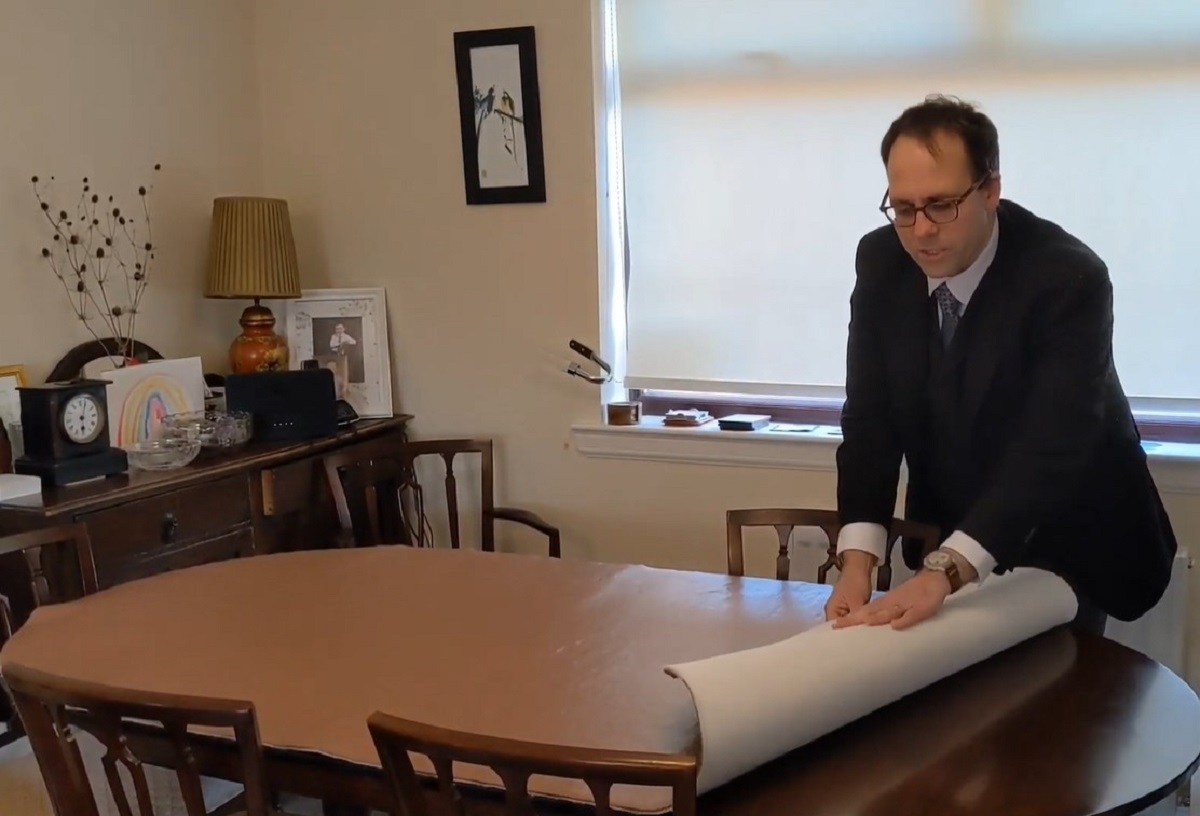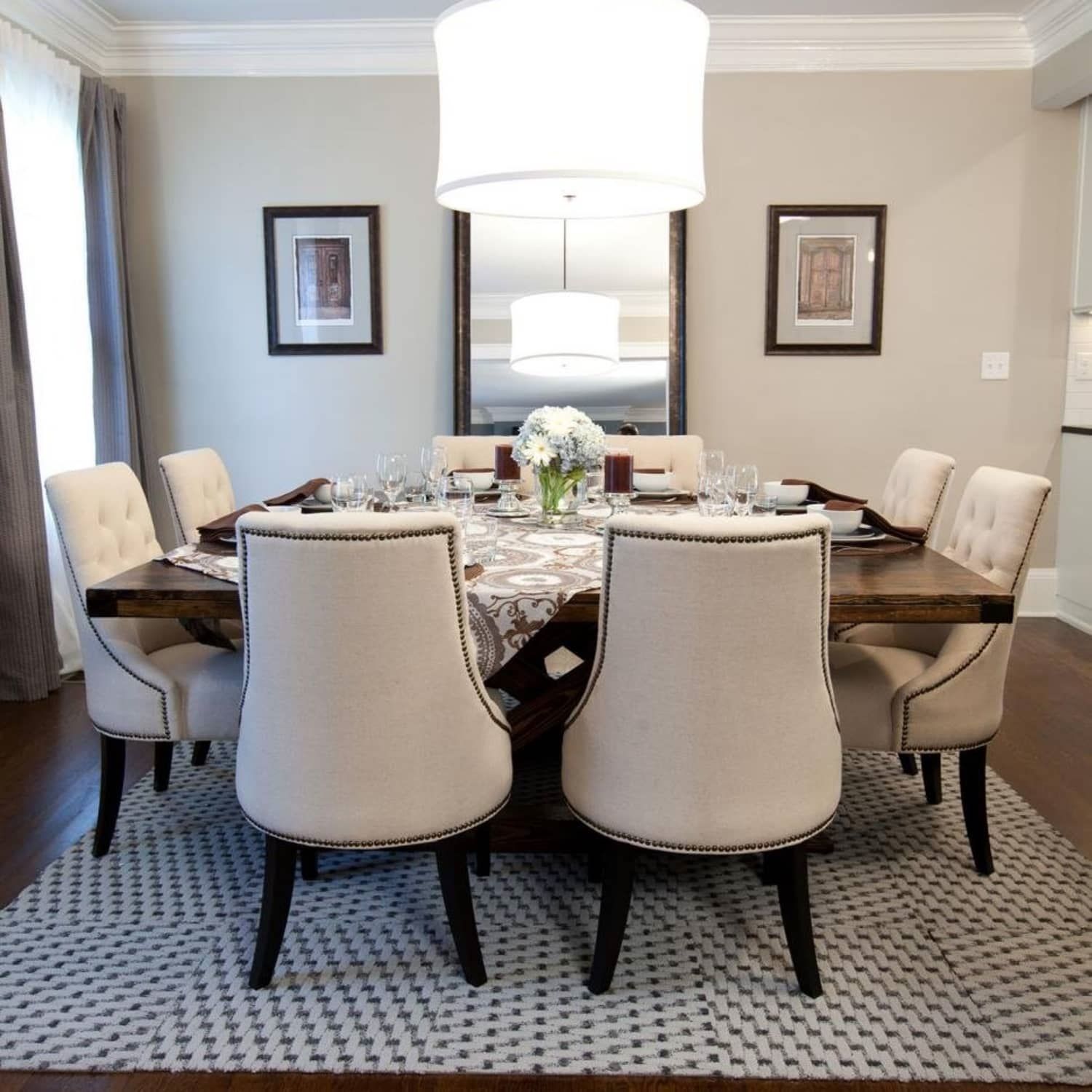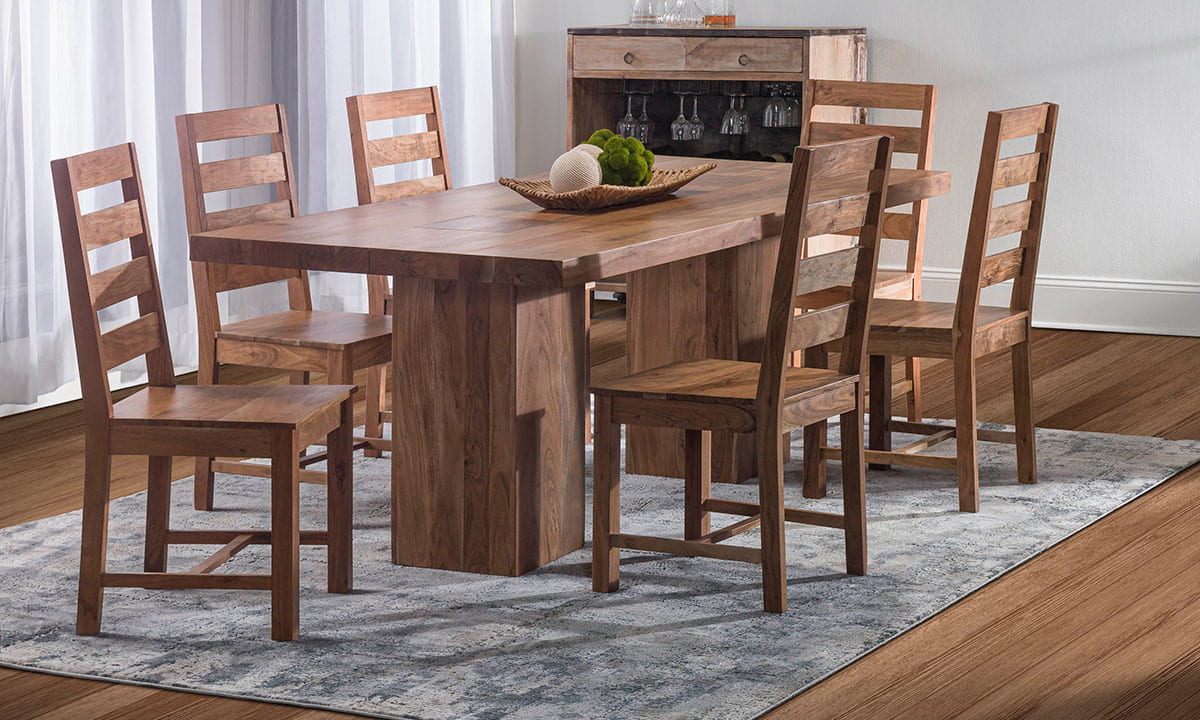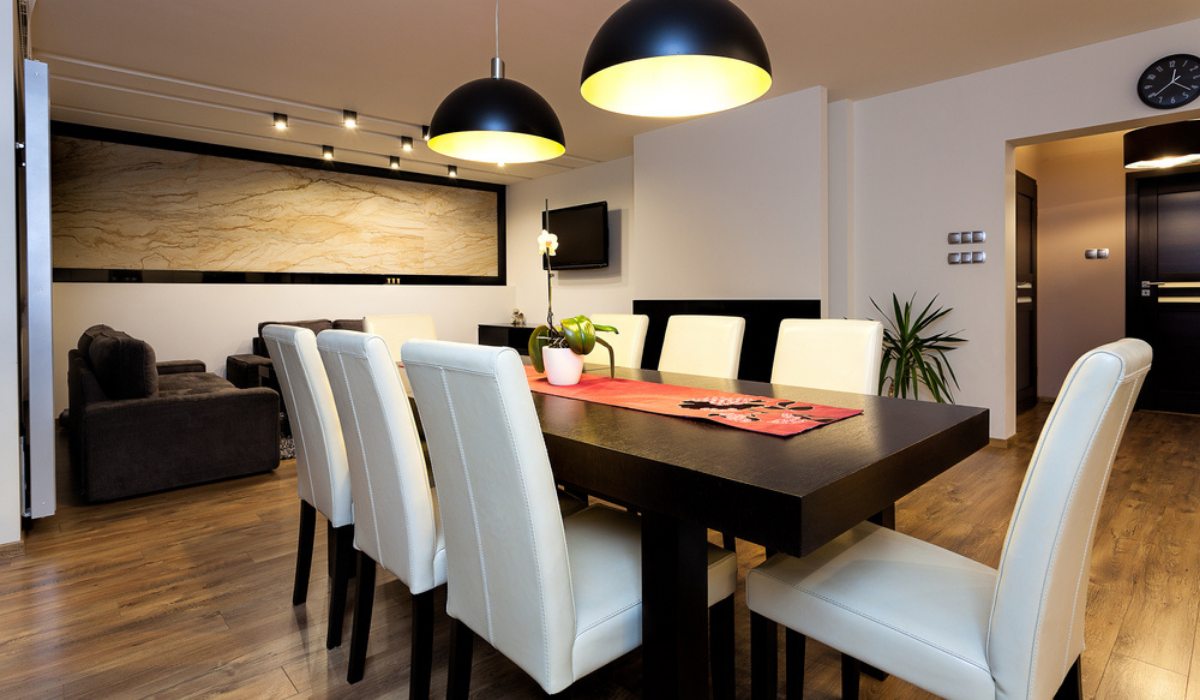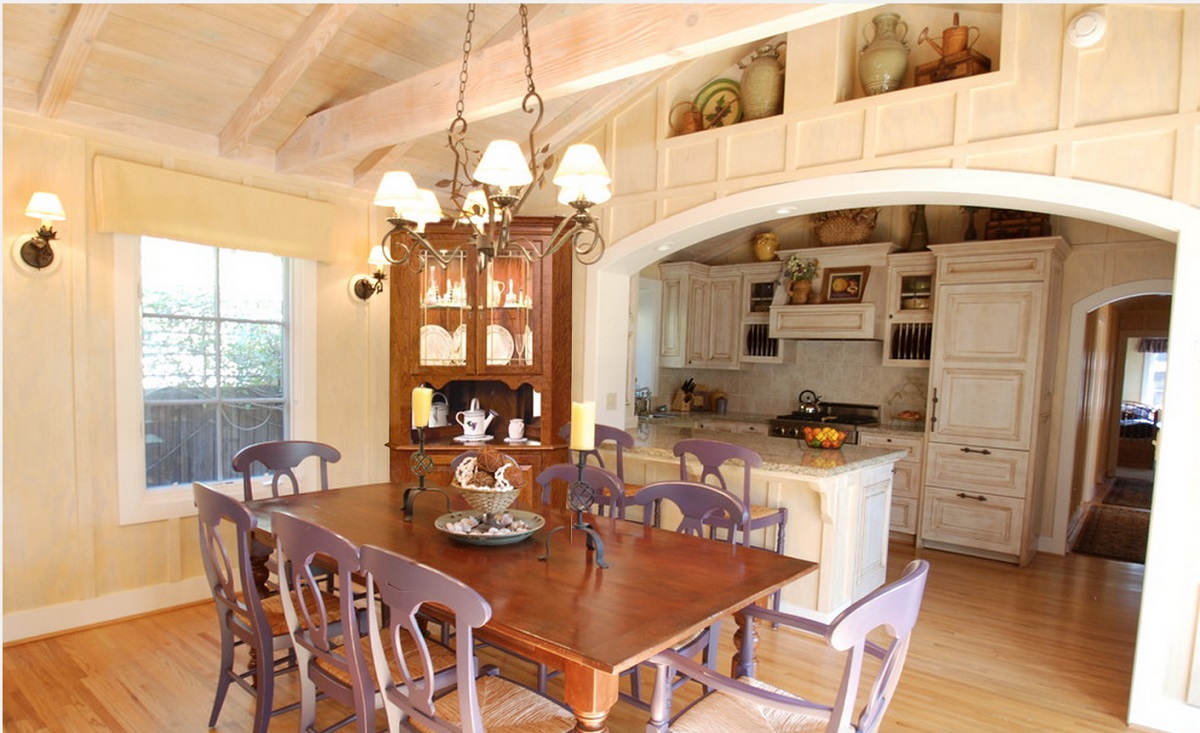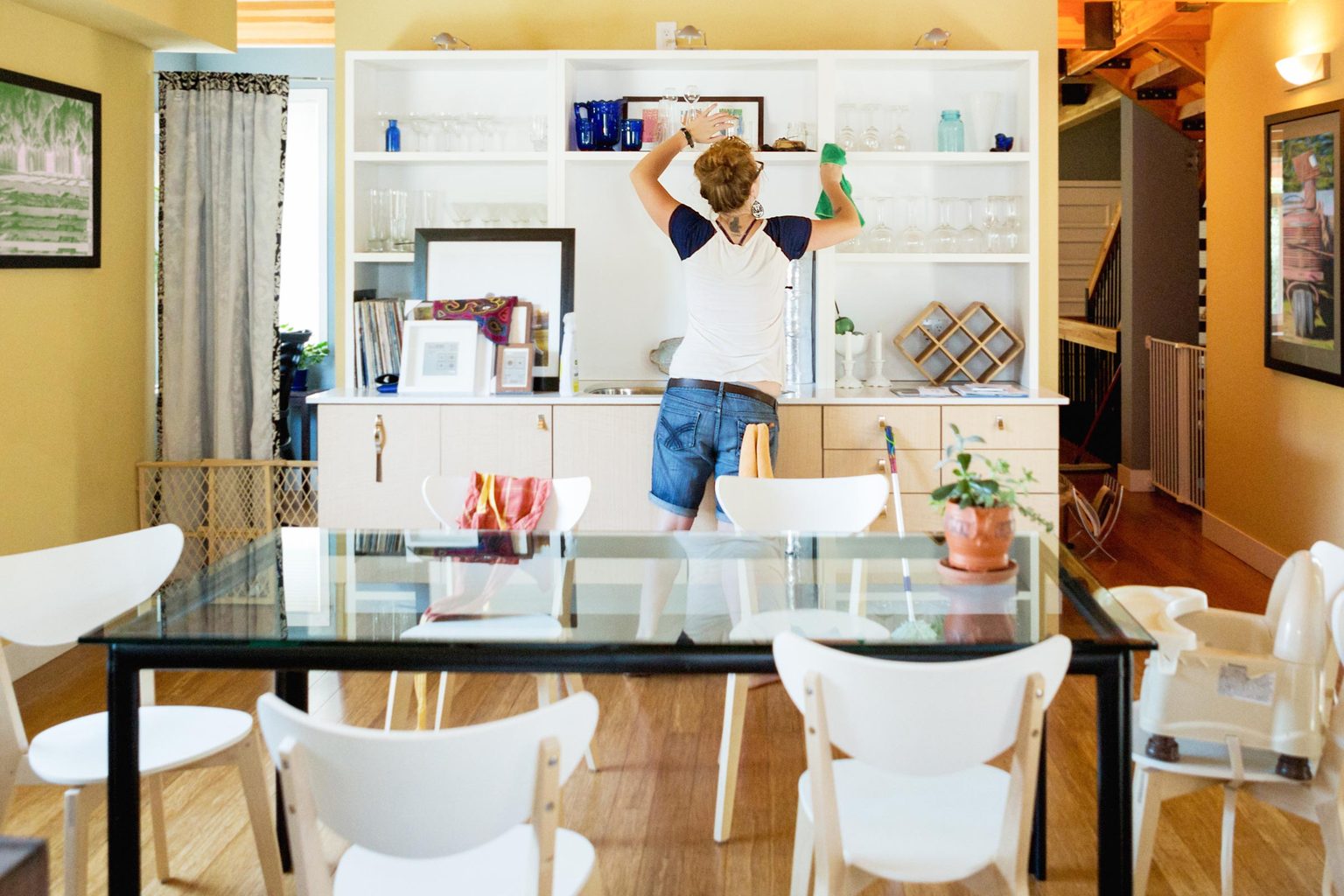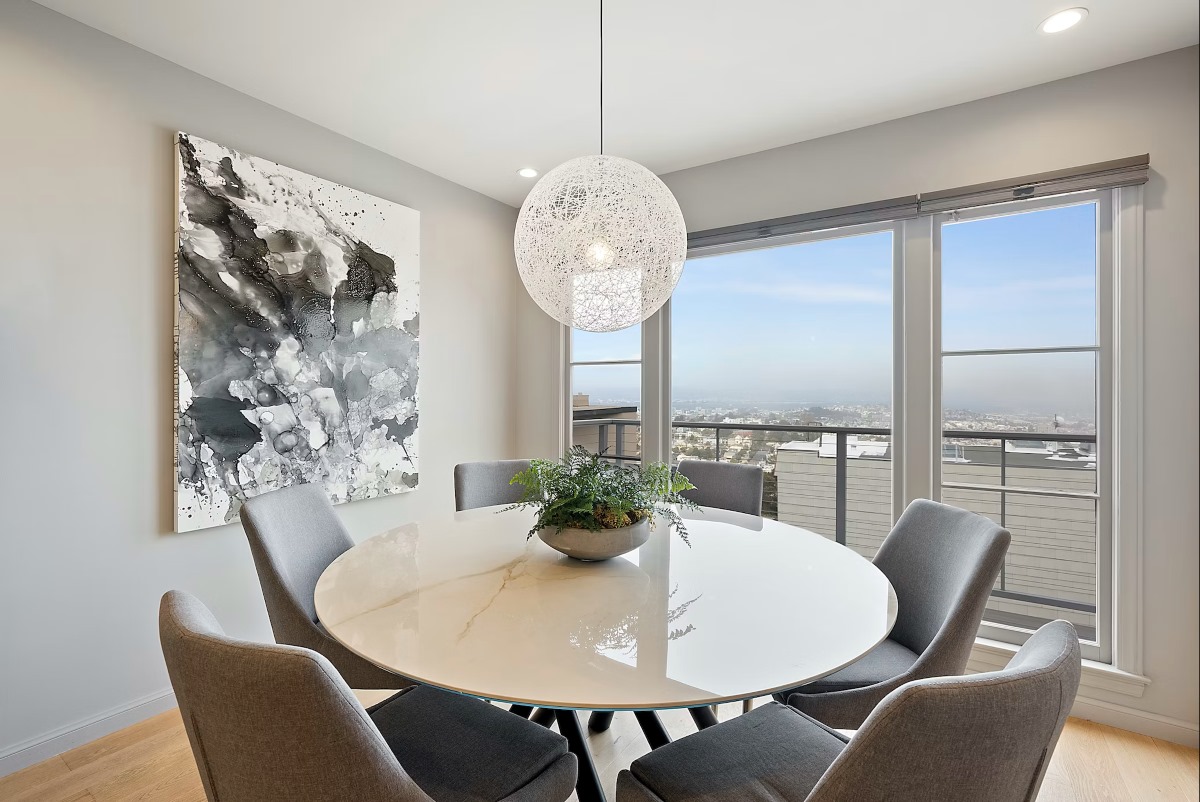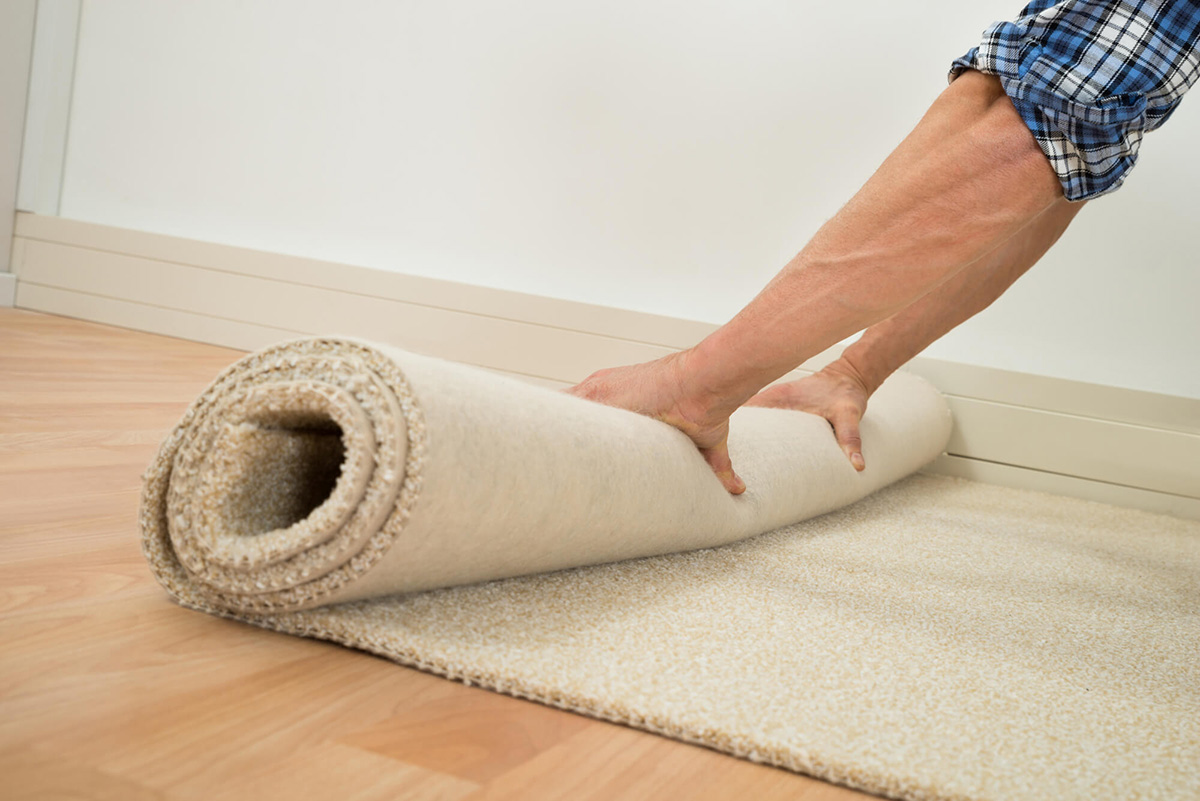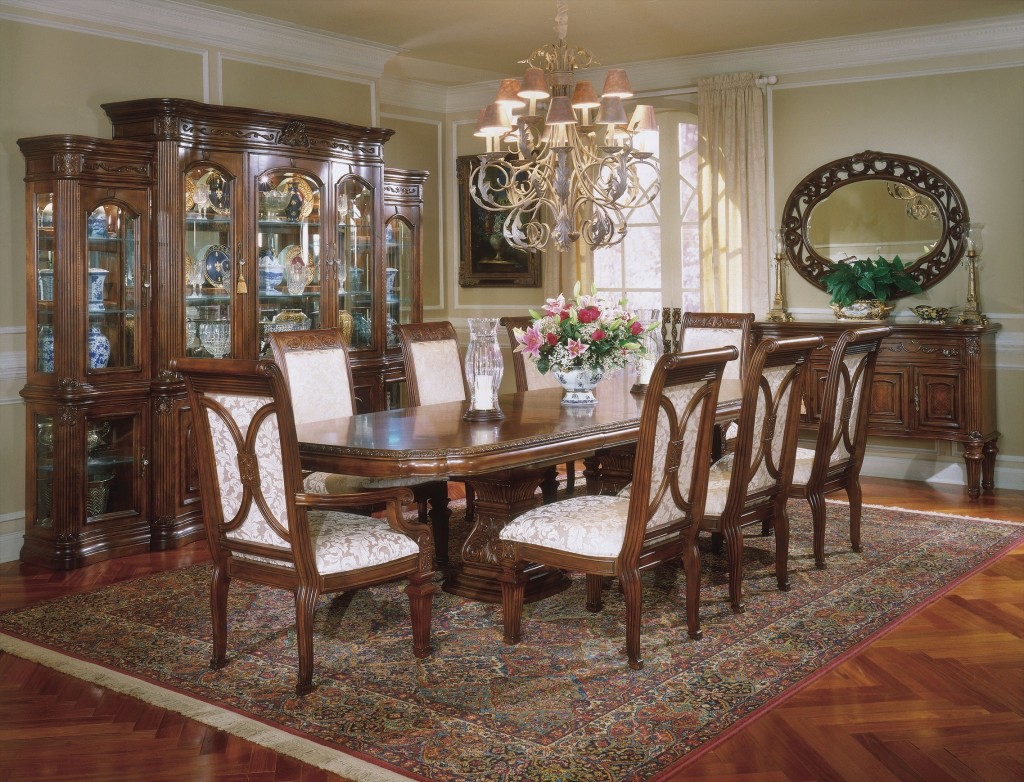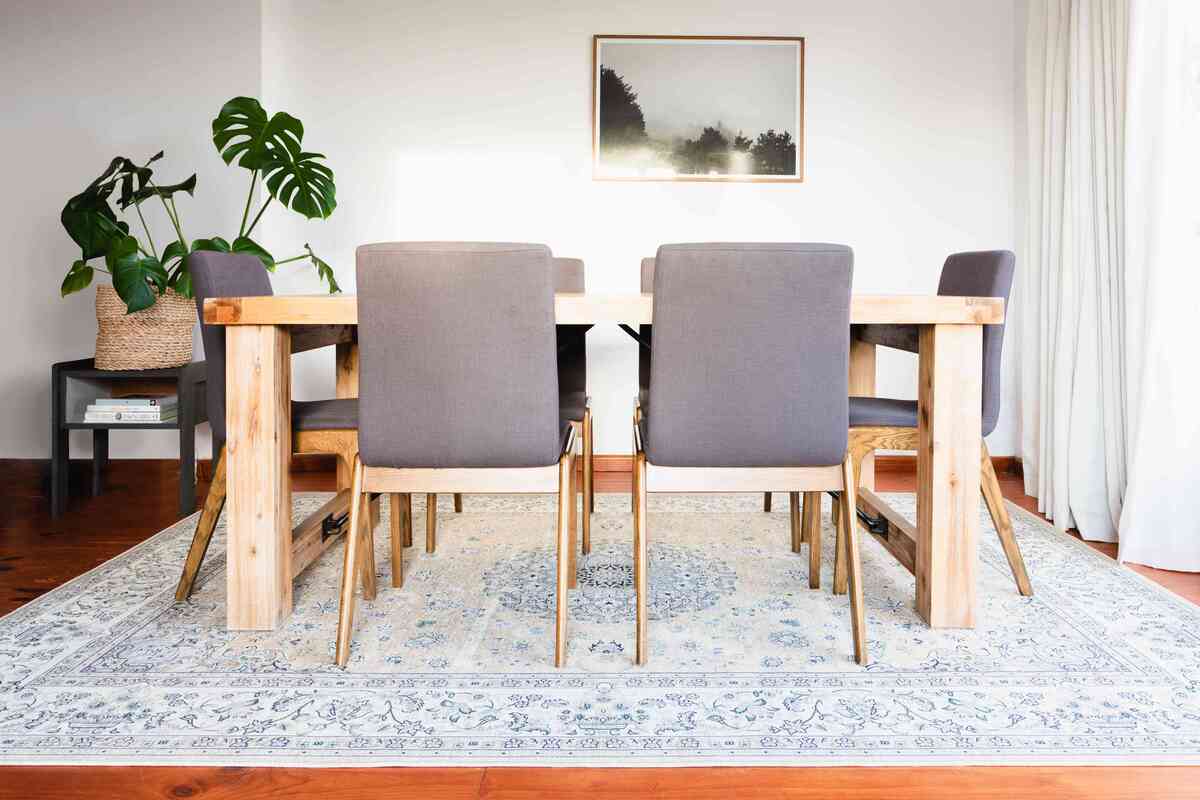

Articles
How To Protect A Carpet In Dining Room
Modified: September 1, 2024
Learn how to protect your carpet in the dining room with these helpful articles. Find tips, tricks, and expert advice to keep your carpet looking clean and fresh.
(Many of the links in this article redirect to a specific reviewed product. Your purchase of these products through affiliate links helps to generate commission for Storables.com, at no extra cost. Learn more)
Introduction
When it comes to decorating the dining room, one element that often becomes a focal point is the carpet. A beautiful carpet can enhance the aesthetic appeal of the room and make it more inviting for guests. However, with regular use, dining rooms can be prone to spills, stains, and damage to the carpet. Fortunately, there are several steps you can take to protect your carpet and maintain its beauty for years to come.
Whether you have just invested in a new carpet or want to prolong the lifespan of an existing one, the strategies outlined in this article will help you preserve its quality and appearance. From selecting the right carpet to implementing a regular cleaning routine, here are some valuable tips to protect your carpet in the dining room.
Key Takeaways:
- Selecting the right carpet material, color, and durability is crucial for protecting your dining room carpet. Opt for stain-resistant materials and consider the impact of color on the room’s ambiance.
- Implementing a regular cleaning routine, promptly addressing stains, and minimizing sun exposure are essential for maintaining the beauty and longevity of your dining room carpet. Take proactive measures to protect and preserve your carpet for years to come.
Read more: How To Protect Dining Room Table
Selecting the Right Carpet
Choosing the right carpet for your dining room is the first step in protecting it. When selecting a carpet, consider factors such as material, color, and durability. Opt for a carpet made from stain-resistant materials like nylon or polyester, as these can withstand spills and heavy foot traffic. Additionally, choose a carpet with a low or medium pile height, as high-pile carpets can trap food particles and be more difficult to clean.
Color is another crucial aspect to consider when selecting a carpet for your dining room. While lighter colors may show stains more easily, they can create a sense of spaciousness and elegance. Darker colors, on the other hand, are better at hiding stains but can make the room feel smaller. Ultimately, choose a color that complements your dining room décor and suits your personal taste.
In terms of durability, look for carpets with a high-quality construction and strong backing. Carpets with tight weaves and sturdy backing are more resistant to wear and tear, making them well-suited for dining rooms. It is also advisable to choose a carpet with a good warranty, as it ensures that you have recourse in case of any issues.
By selecting a carpet that is specifically designed for high-traffic areas and resistant to stains, you lay the foundation for protecting your dining room carpet effectively.
Placing Protective Mats or Rugs
One of the simplest and most effective ways to protect your carpet in the dining room is by placing protective mats or rugs in strategic areas. These mats act as a barrier between the carpet and potential spills or stains, offering an extra layer of protection.
Start by placing a large, sturdy mat or rug under the dining table. This will not only protect the carpet from food and drink spills but also help prevent scratches caused by moving chairs or furniture. Opt for a mat or rug that is large enough to accommodate the dining table and chairs, ensuring that all areas prone to potential damage are covered.
In addition to the dining table area, consider placing smaller mats or rugs near other high-risk areas, such as the entrances or the buffet table. These mats will help capture dirt and debris from shoes and prevent them from being tracked onto the carpet.
When selecting protective mats or rugs, look for options that are stain-resistant and easy to clean. Consider materials like rubber, vinyl, or polypropylene, as they are durable and can be wiped clean or spot-treated if spills occur. It’s also a good idea to choose mats or rugs with a non-slip backing to prevent accidents in the dining room.
Regularly clean the mats or rugs to prevent dirt and debris from accumulating, as this can eventually find its way onto the carpet. Vacuum or shake them outside regularly, and follow the manufacturer’s instructions for any additional cleaning or maintenance.
By strategically placing protective mats or rugs, you significantly reduce the risk of stains or damage to your dining room carpet, ensuring its longevity and beauty.
Implementing Regular Cleaning Routine
A key aspect of protecting your carpet in the dining room is implementing a regular cleaning routine. Regular cleaning not only helps maintain the cleanliness and appearance of your carpet but also prevents the buildup of dirt, debris, and allergens that can cause long-term damage.
Start by vacuuming your carpet at least once a week, particularly in high-traffic areas. Use a vacuum cleaner with a rotating brush or beater bar to effectively remove dirt and pet hair that may have accumulated. Pay close attention to the areas around the dining table and chairs, as these are often prone to food crumbs and spills.
In addition to regular vacuuming, it is important to schedule deep cleaning sessions for your carpet. This can be done using a steam cleaner or by hiring a professional carpet cleaning service. Deep cleaning helps remove stubborn stains, eliminates odors, and rejuvenates the fibers of the carpet. Aim to deep clean your dining room carpet at least once every six months or as recommended by the carpet manufacturer.
When dealing with spills or stains, it is crucial to address them promptly. Blot the area with a clean, absorbent cloth or paper towel, starting from the outer edges and working your way inward. Avoid rubbing or scrubbing the stain, as this can push it deeper into the carpet fibers and make it more difficult to remove. Use a mild carpet cleaner or a solution of warm water and gentle detergent to treat the stain, following the instructions on the product carefully.
By implementing a regular cleaning routine, you keep your dining room carpet in pristine condition, free from dirt, stains, and allergens that could compromise its integrity over time.
Deal with Stains Promptly
Stains are a common occurrence in the dining room, where accidental spills and mishaps can happen frequently. To protect your carpet, it’s crucial to deal with stains promptly and take the appropriate steps to remove them effectively.
The first rule of thumb when it comes to stains is to act quickly. The longer a stain sits on your carpet, the more difficult it becomes to remove. As soon as a spill occurs, grab a clean cloth or paper towel and gently blot the stain, absorbing as much of the liquid as possible. Avoid rubbing the stain, as this can spread it and push it deeper into the carpet fibers.
Once you have blotted the stain, you can tackle it using appropriate stain removal methods. The method will depend on the nature of the stain and the type of carpet you have. For common food and beverage stains, a mixture of warm water and mild dish soap can often do the trick. Gently apply the soapy solution to the stain and blot it with a clean cloth. Rinse the area with water and blot dry.
For more stubborn stains, such as red wine or grease, you may need to use specialized stain removers or consult a professional carpet cleaner. Follow the instructions on the stain remover product carefully, testing it on an inconspicuous area of the carpet first to ensure it doesn’t cause discoloration.
Remember to work from the outside of the stain towards the center to prevent it from spreading. Take your time and be patient, repeating the process if necessary until the stain is completely removed. Once the stain is gone, rinse the area with water and blot it dry to remove any residue.
By promptly addressing and treating stains, you can minimize their impact on your dining room carpet and maintain its pristine appearance for years to come.
Place a rug or carpet protector under the dining table to prevent spills and stains from reaching the carpet. This will also make it easier to clean up any messes.
Read more: How To Protect Carpeted Stairs
Minimize Sun Exposure
While natural sunlight can create a warm and welcoming atmosphere in your dining room, prolonged exposure to the sun’s rays can cause fading and damage to your carpet. UV rays can fade the vibrant colors of your carpet and weaken the fibers over time. To protect your carpet from sun damage, it’s important to minimize sun exposure in the dining room.
One way to reduce sun exposure is by using window coverings such as curtains, blinds, or shades. These can be drawn during peak sunlight hours or when the room is not in use. Opt for window coverings made from materials that provide UV protection, as they can help block out a significant amount of the sun’s damaging rays.
If you prefer to enjoy natural light without sacrificing carpet protection, consider installing UV-protective window films or applying sunscreen or UV-blocking treatments to your windows. These measures can significantly reduce the amount of UV radiation that enters your dining room, preserving the color and quality of your carpet.
For areas where direct sunlight is a persistent issue, you may also consider rearranging furniture or adding rugs or furniture protectors to shield the carpet from the sun’s rays. These additional layers of protection can help distribute weight and minimize the impact of UV exposure on your carpet.
Regularly rotating furniture and area rugs can help distribute any fading that may naturally occur over time, ensuring that the sun’s rays affect the carpet more evenly.
By taking measures to minimize sun exposure, you can prolong the lifespan of your dining room carpet and maintain its vibrant appearance for years to come.
Preventing Furniture Damage
Furniture can cause significant damage to your dining room carpet if not properly protected. The weight and movement of chairs and tables can result in indentations, snags, or even tears in the carpet fibers. To prevent such damage and preserve the integrity of your carpet, it’s important to take proactive measures.
One simple and effective way to protect your carpet is by using furniture pads or glides. These small pads or discs, typically made of felt or rubber, can be attached to the legs of chairs, tables, and other furniture to minimize friction and prevent scratching or indentation. Furniture glides also make it easier to move furniture without dragging it across the carpet, reducing the risk of damage.
Another option is to use area rugs or carpet remnants underneath heavy furniture pieces. Placing a rug or carpet remnant underneath a dining table or buffet can provide an extra layer of protection for your carpet. This way, the weight of the furniture is distributed over a larger area, reducing the risk of permanent damage.
Regularly rearranging your furniture is also a good practice to prevent excessive wear and tear in specific areas of the carpet. By rotating the position of your dining room furniture, you can distribute the weight and pressure more evenly, helping to minimize the impact on your carpet.
It’s also important to avoid dragging furniture across the carpet when moving it. Instead, lift the furniture or use furniture sliders to move it smoothly without causing damage.
By implementing these preventative measures, you can protect your dining room carpet from furniture-related damage and maintain its pristine condition for the long term.
Restrict Food and Drink in the Dining Area
One of the most effective ways to protect your carpet in the dining room is to create guidelines that restrict the consumption of food and drink in the area. While accidents can still happen, limiting the presence of food and beverages reduces the risk of spills and stains.
Establishing a separate space for eating, such as a designated dining area, can help maintain the cleanliness and protect your carpet. Encourage family members and guests to enjoy meals in the designated dining space rather than walking around the house with food or drinks. This not only helps protect the carpet but also promotes a more organized and hygienic dining experience.
If spills do occur, prompt action is critical. Encourage everyone to immediately inform you or take necessary steps to clean up the spill. This way, you can address the issue promptly and minimize the chances of the spill seeping into the carpet fibers and causing stains.
Consider using spill-proof tablecloths or placemats to further protect your dining room carpet. These protective covers can be easily cleaned or replaced in the event of a spill, preventing any potential damage to the carpet underneath.
It’s also important to educate children about the importance of respecting the dining area and keeping food and drinks confined to that space. Teaching them good eating habits from an early age will not only protect your carpet but also instill a sense of responsibility and cleanliness.
Lastly, if you frequently entertain guests or host parties in your dining room, consider using trays or serving carts to transport food and drinks. This reduces the risk of spills during transportation and keeps the dining area cleaner.
By restricting food and drink in the dining area and implementing responsible dining habits, you can significantly reduce the likelihood of spills and stains, keeping your carpet in excellent condition.
Conclusion
Protecting your carpet in the dining room is essential for maintaining its beauty, longevity, and overall appeal. By following the strategies outlined in this article, you can effectively safeguard your carpet from spills, stains, sun damage, furniture damage, and other potential hazards.
Start by selecting a carpet that is specifically designed for high-traffic areas and is resistant to stains. Consider factors such as material, color, and durability when choosing the right carpet for your dining room.
Placing protective mats or rugs in strategic areas can provide an extra layer of protection for your carpet. These mats act as a barrier against spills and scratches caused by furniture movement.
Implementing a regular cleaning routine is crucial for maintaining the cleanliness and appearance of your carpet. Vacuuming regularly, scheduling deep cleaning sessions, and promptly addressing stains are all vital steps in preserving your carpet’s quality.
Minimizing sun exposure in the dining room can help prevent fading and damage to your carpet. Use window coverings, UV-protective films, and rearrange furniture or use rugs to shield your carpet from the sun’s harmful rays.
Preventing furniture damage is another important aspect of carpet protection. Use furniture pads or glides, utilize area rugs or carpet remnants, and avoid dragging furniture to minimize the risk of scratches, indentations, and tears.
Lastly, restricting food and drink in the dining area can significantly reduce the chances of spills and stains. Establish guidelines and encourage responsible dining habits to maintain the cleanliness of your carpet.
By incorporating these strategies into your routine, you can ensure that your dining room carpet remains in excellent condition for years to come. Whether you have invested in a new carpet or want to preserve the beauty of an existing one, taking proactive steps to protect your carpet will pay off in the long run, providing you with a welcoming and visually appealing dining experience. So, take care of your dining room carpet and enjoy the comfort and elegance it brings to your home.
Frequently Asked Questions about How To Protect A Carpet In Dining Room
Was this page helpful?
At Storables.com, we guarantee accurate and reliable information. Our content, validated by Expert Board Contributors, is crafted following stringent Editorial Policies. We're committed to providing you with well-researched, expert-backed insights for all your informational needs.

